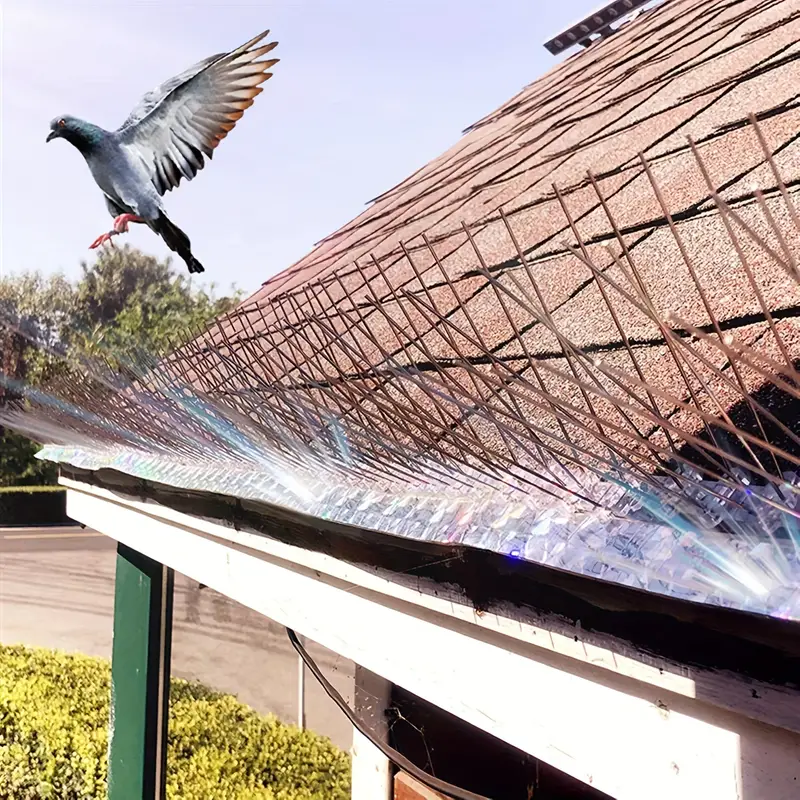The Rise of Bird Netting in Modern Cities
In today’s bustling urban environments, homeowners are constantly seeking ways to protect their properties from environmental nuisances without disturbing the delicate balance of nature. One of the most understated yet impactful solutions to emerge in recent years is bird net for balcony. While it might seem like a simple mesh stretched over a balcony or garden, bird netting has quietly transformed into an essential tool for maintaining harmony between human spaces and urban wildlife. It addresses the growing challenge of keeping areas clean, safe, and free from damage while avoiding harm to the birds themselves.
Understanding the Need for Bird Netting
Property owners face a distinct set of difficulties in urban settings. Birds such as sparrows and pigeons are frequently attracted to courtyards, rooftops, balconies, and ledges. In addition to making ugly waste, their droppings can damage building materials and present health risks. In addition to the nuisance, nesting in gutters or vents can clog them, resulting in water damage and expensive repairs. Conventional deterrents, such spikes or chemical repellents, frequently turn out to be cruel or ineffectual. However, bird netting offers a durable and humane substitute by creating a barrier that keeps people out without hurting them.
A Blend of Function and Discretion
One of the reasons bird netting has gained popularity among urban homeowners is its subtlety. Modern nets are designed from durable yet lightweight materials, often in colors that blend seamlessly with the building’s façade. This means they can be installed without altering the property’s aesthetics, a key concern for those in apartment complexes or heritage areas where appearance matters. In many cases, the netting becomes almost invisible from a distance, ensuring that the focus remains on the architecture or the garden rather than on the protective measures in place.
Environmental Considerations and Ethical Solutions
Bird netting’s rise is also part of a broader shift toward humane wildlife management. As awareness grows about the importance of coexisting with nature, more homeowners are turning to solutions that deter rather than harm. Properly installed netting prevents birds from entering certain areas, encouraging them to nest in safer, more suitable habitats. Unlike traps or poisons, netting does not disrupt the ecosystem or balcony safety net in dubai lead to unintended harm to other animals. In this way, it reflects a quiet revolution in how urban dwellers approach pest control — one based on respect, responsibility, and long-term thinking.
Installation and Maintenance: A Low-Hassle Investment
Bird netting dispels the myth that preventive measures need to be maintained constantly. High-quality nets require little upkeep after installation and can endure for years. They can withstand the effects of weather, UV radiation, and avian wear and tear. The netting functions silently in the background, but periodic inspections make sure there are no holes or damage. By avoiding damage, cutting down on cleaning expenses, and averting any health problems, homeowners frequently discover that the initial investment in professional installation soon pays for itself.
Beyond Balconies: Creative Uses of Bird Netting
While balconies and rooftops are the most common places for bird netting, its applications extend far beyond. Urban gardens benefit greatly from netting, which keeps fruit trees, vegetable patches, and flower beds safe from hungry birds. Courtyards, ventilation openings, and even solar panels can be protected in the same way. Some homeowners incorporate bird netting into pergolas or outdoor dining spaces, ensuring these areas remain comfortable and clean without compromising the open-air experience. This versatility has helped bird netting transition from a niche solution to a staple in many urban households.
The Future of Urban Wildlife Management
A larger trend in how cities are adjusting to live with wildlife is seen in the increasing use of bird netting. Solutions like netting, which are smoothly included into building design from the beginning, are probably going to become standard architectural planning as urbanization progresses. Materials that are considerably lighter, stronger, and more eco-friendly might be developed in the future; they might even include recycled fibers or biodegradable elements. Creating environments where people and animals may coexist together will continue to be the main focus.
A Subtle but Significant Change
Bird netting might not be the most dramatic change in the urban landscape, but it represents a profound shift in mindset. Homeowners are no longer looking for quick fixes that treat birds as mere nuisances to be eliminated. Instead, they are embracing solutions that protect both their property and the creatures that share the city with them. In its quiet, almost invisible way, bird netting has become a symbol of thoughtful urban living — a reminder that progress doesn’t always shout; sometimes, it whispers through the soft mesh of a net stretched high above a balcony.
